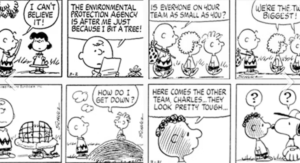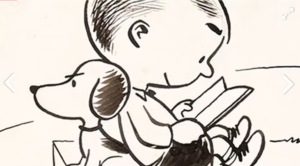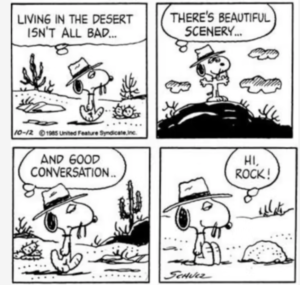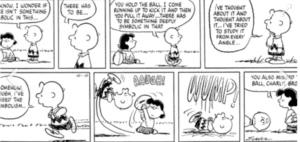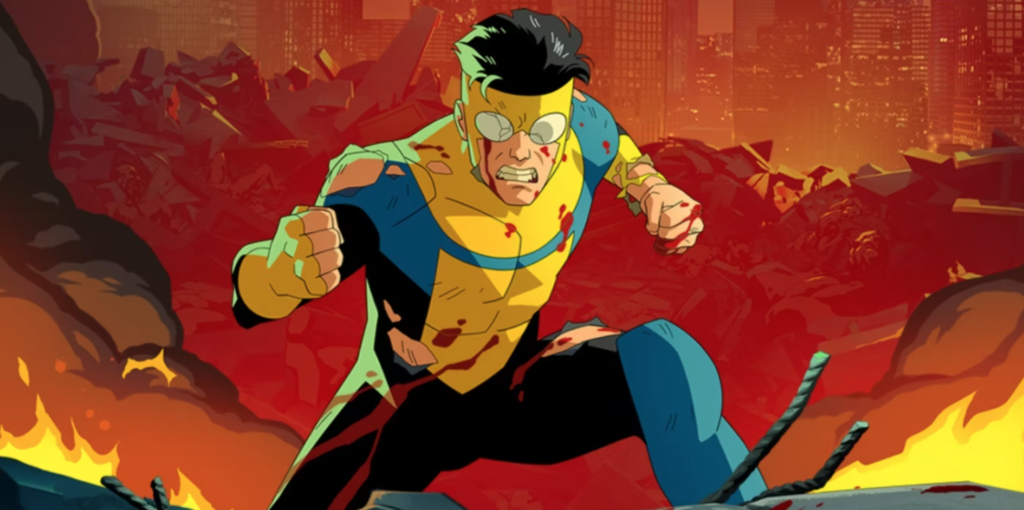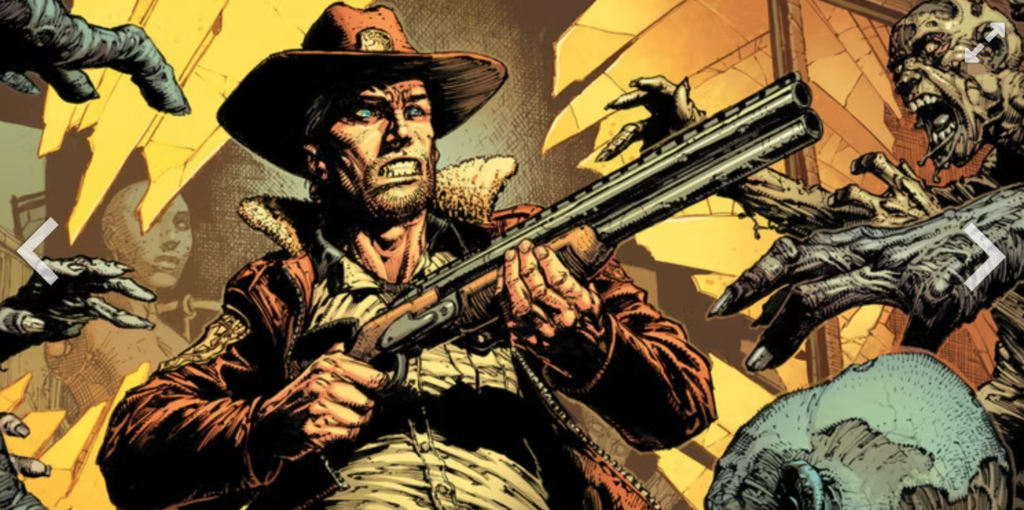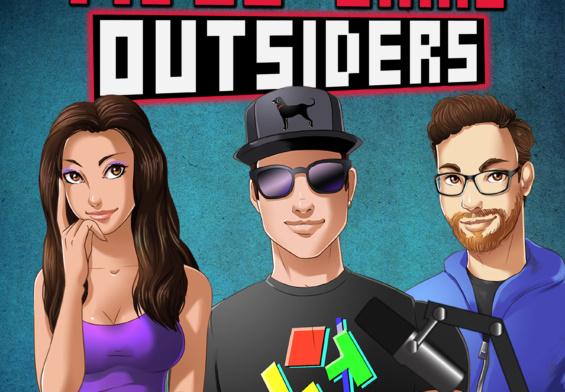Comics as an artform and industry have been innovating ever since the 1800s, and the medium doesn’t show any signs of slowing down.
Today, comics are practically a way of life. Whether they’re printed on paper or posted on a dedicated website, comics are so widespread and commonplace that readers never really thought about the medium’s history and origins. This mindset obscured the fact that comics made many artistic innovations, and will continue to do so.
Ever since the 1800s, comics have been constantly evolving and improving the ways in which they were made and shared. Many of the mundane facets of today’s comics were once considered groundbreaking innovations. Without them, comics as a profession and a form of storytelling wouldn’t be as appealing as they are today.
10. The Adventures of Mr. Obadiah Oldbuck Pioneered Comics’ Visual & Sequential Storytelling
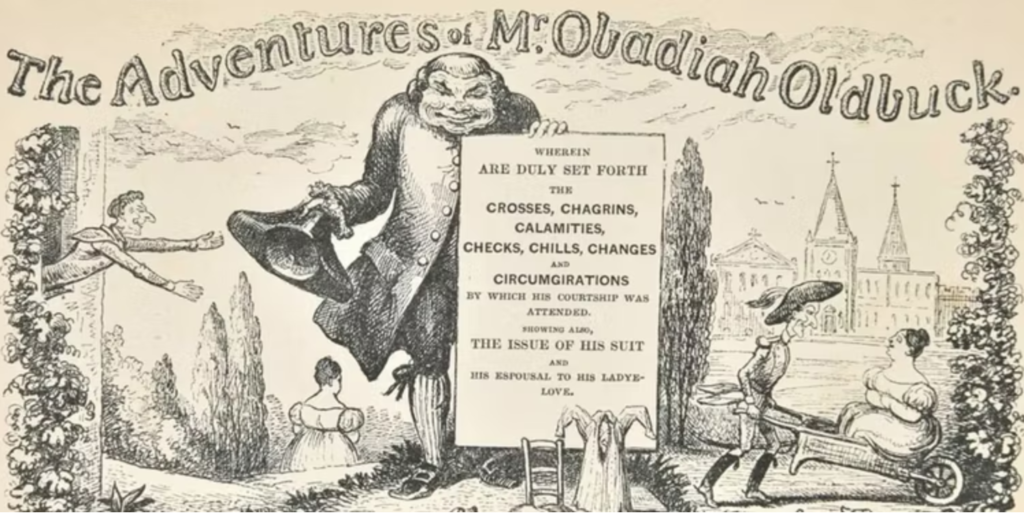

Sequential art is not unique to comics; people used it even before civilization was born. Comics, however, transformed sequential art into one of (if not) the most accessible and profitable art forms ever seen. Rodolphe Töpffer’s Histoire de M. Vieux Bois (aka The Adventures of Mr. Obadiah Oldbuck) may be the first comic in history.
Given the lack of surviving comics from the 1800s, it’s difficult to ascertain if Histoire de M. Vieux Bois really was the medium’s progenitor. However, it notably pioneered conventions like using illustrations to tell a sequential story, and combining pictures with words. This rudimentary comic laid the groundwork for today’s version.
9. The Yellow Kid Created the Word Balloon


Word balloons or speech bubbles are so unique to the comic book art style that it’s almost impossible to imagine a time when comics didn’t have them. This was the case for most of 1800s until Richard F. Outcault’s The Yellow Kid came along in 1895. Most comics historians consider The Yellow Kid (who was based on an outdated racial stereotype of Asian people) to be the creator of the word balloon.
Previously,characters’ dialogue was written as a caption and placed underneath the panel. Thanks to The Yellow Kids’ innovation, characters could now say more than one sentence, think longer thoughts, and even hold conversations with someone else. This innovation introduced comic writers and artists to countless new possibilities.
8. The Yellow Kid in McFadden’s Flats Coined “Comic Book” & Made the Comic Compendium


The term “comic book” (or “comics”) is so ubiquitous today that almost nobody thinks too much about it. That said, there used to be a time when “comic books” were innovative and exciting. The term is believed to have first been used for The Yellow Kid in McFadden’s Flats, which was one of the first known compilations of reprinted comics.
On its back, The Yellow Kid in McFadden’s Flats referred to itself as a “comic book,” since it was a hardcover book filled with comics. Soon, other publishers printed their own comic books. The term “comic book” continued to be used broadly, even after comics branched out into other formats like trade paperbacks or graphic novels.
7. Famous Funnies: A Carnival of Comics Was the First True Comic Book
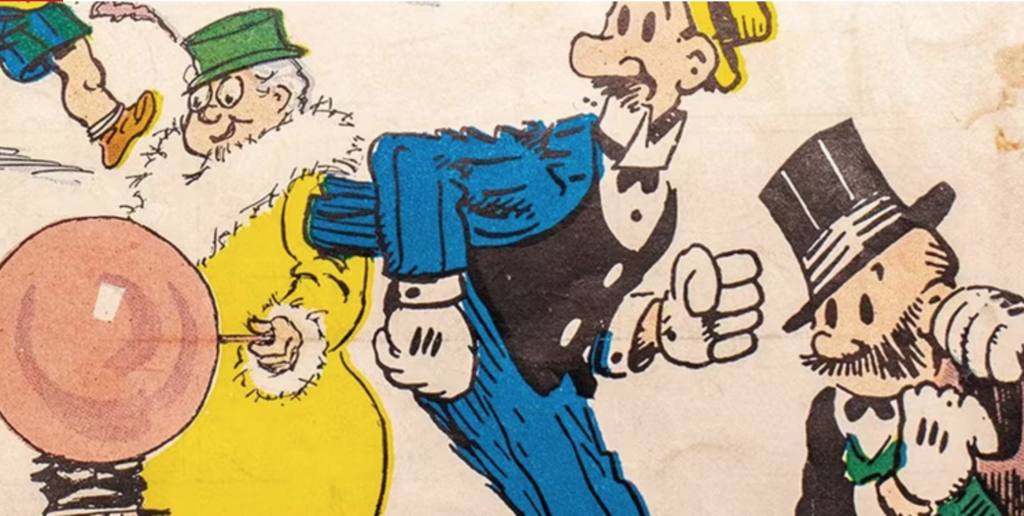

In previous decades, “comic books” referred to a magazine filled with short stories and strips. The gag comic Famous Funnies: A Carnival of Comics is widely regarded by historians to be the first anthological comic of this kind. More importantly, Famous Funnies also cemented comics’ mass market appeal.
Famous Funnies was first printed in 1933, during the height of the Great Depression. Each issue sold for a meager 10 cents. This helped it turn a massive profit and capture the public’s imagination. Before the exclusive collectors’ scene was born in the 80s, comics followed Famous Funnies’ example of being made for readers of all stripes.
6. Action Comics #1 Created the Modern Superhero
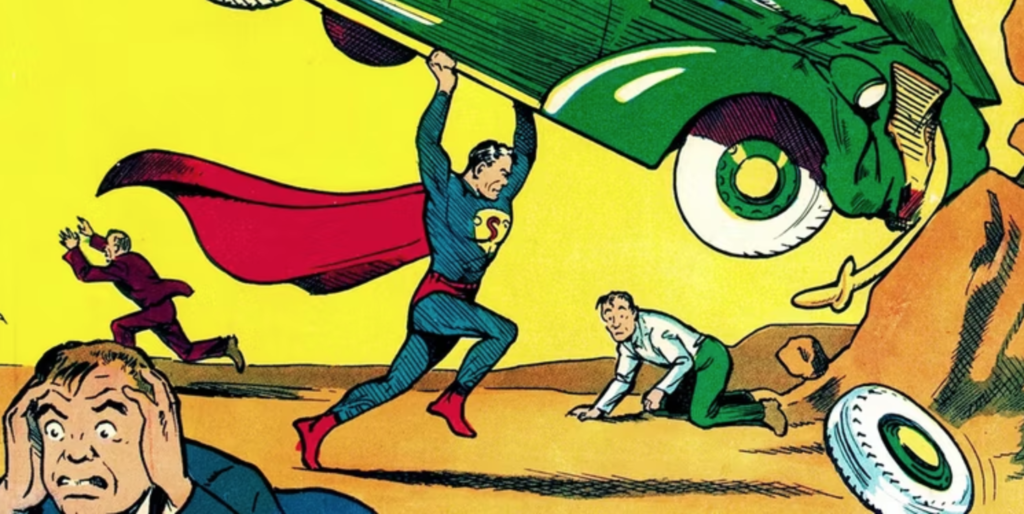

Superheroes have been in comics for the longest time, whether they took the form of ancient mythic heroes or pulp vigilantes. However, the modern super-powered superhero was born in Action Comics #1 (by Jerry Siegel and Joe Shuster) in 1938. The now legendary issue introduced Superman to the world, and nothing was ever the same again.
The Golden Age Superman changed comics and fiction forever. His overnight success and enduring popularity led to publishers’ still-ongoing race to make more superheroes. For better and worse, superheroes became so inseparable from comics that they became the medium’s flagship character archetype and dominant story genre.
5. Peanuts Defined the Modern Comic Strip

Charles Schulz’s Peanuts isn’t just a beloved cornerstone of pop culture, but a highly influential comic strip as well. In 1950, Peanuts modernized the classic comic strip and defined its accepted format and conventions for decades to come. Schulz also influenced generations of cartoonists who followed in his footsteps.
Some of this strip’s contributions to the art form of comic strips include Peanuts’ simple but appealing drawings, the quick-witted dry humor, the sudden bouts of emotional sincerity, depicting child’s play and pets as serious sagas, and more. Peanuts did not create these tropes, but Charles Schulz refined them to the point of perfection.
4. The Adventures of Jesus Started the Counterculture Comic Scene


Comics have a rich history of giving a voice to the general masses and calling out authority. It could be argued that the entire American counterculture comics scene began in 1962 with Frank Stack’s The Adventures of Jesus. The satirical title was considered to be the first underground comic, and its influence can still be felt today.
The Adventures of Jesus wasn’t the first or last underground comic to mock modern religion’s hypocrisy, and the absurdity of the modern world. Underground comics that followed its example either starred their own takes on Jesus Christ, or kept the comics’ spirit alive by eviscerating current news, and treating nothing and no one as sacred.
3. A Contract With God Codified & Popularized the Graphic Novel
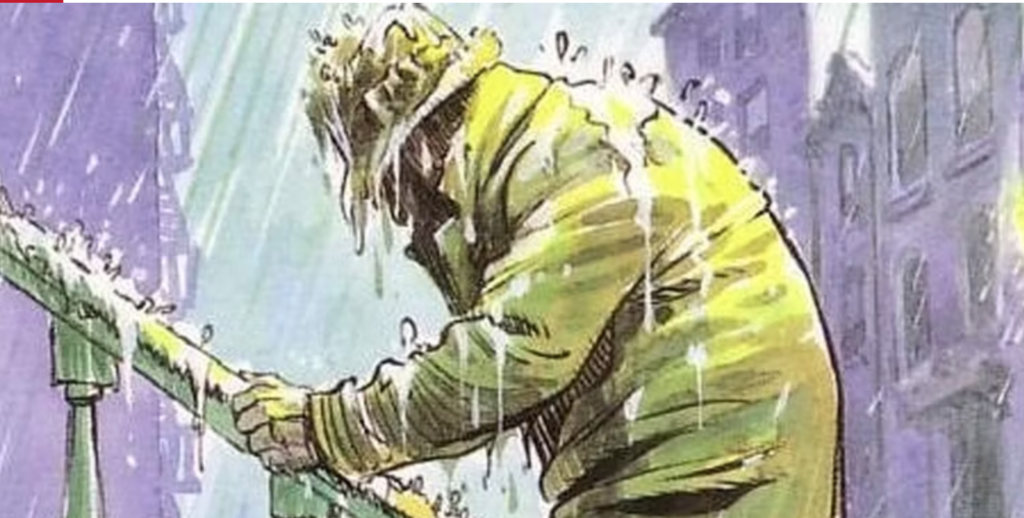

These days, “graphic novel” is synonymous with well-written stories told through comics, or classy reprints of famous comics. The term was coined in 1964 by Richard Kyle in an essay he wrote for the fan magazine Capa-Alpha. The modern graphic novel was codified in 1978 by Will Eisner’s A Contract With God and Other Testament Stories.
Since Eisner wanted A Contract With God to be sold in bookstores instead of comic shops and be treated as a novel, his work was marketed as a “graphic novel.” The term’s usage caught on, and it became the de facto label for long-form, adult-skewing comics. Comics that wanted to be taken more seriously adopted the label.
2. Webcomics Fostered a New Generation of Independent Comic Creators
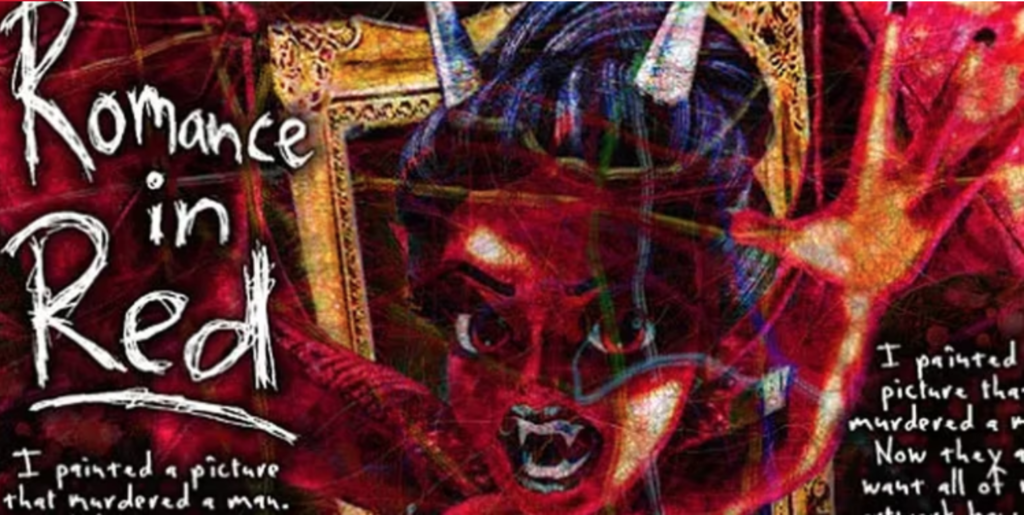

To most comic readers, webcomics were a recent innovation from the 2000s. However, webcomics are much older than that. The first recorded webcomic was Eric Millikin’s Witches and Stitches (not pictured due to copyright issues), which was first uploaded in 1985. Millikin did this to bypass publishers’ puritanical self-censorship. He unknowingly started a movement.
The earliest webcomics were a new form of alternative comics that reached the widest demographics possible. By being affordable or even free to self-publish and distribute, webcomics freed creators from publishers’ intrusive corporate demands. Today, webcomics continue to provide independent artists with a platform that they controlled.
1. Image Comics Was One of the Biggest Proponents of Creators’ Rights
Comic creators’ rights to their own works is one of the most contentious aspects of the comic book industry. As far back as the ’30s, comic publishers discredited the people who actually made their most popular characters, and hoarded all the credit and profits. Things got so bad in the ’90s that it led furious Marvel artists to form Image Comics in 1992.
Although early Image squandered its goodwill and played a major part in the Comics Crash of 1996, they inspired independent comic creators to fight for their rightful ownership, and held major publishers accountable. The old system is still, unfortunately, intact, but Image and its daring non-superhero comics paved the way for some undeniable improvements.



